
 Instagram
Instagram
Can You Tan Through a Window?

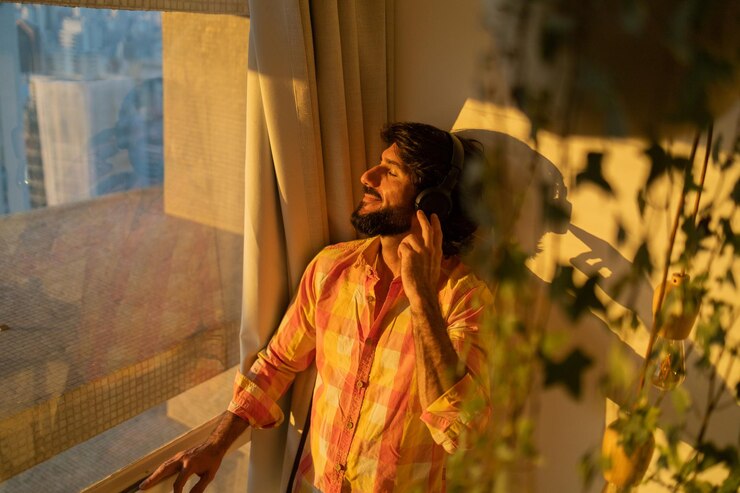
Related products
Tanning, the process by which skin colour darkens in response to ultraviolet (UV) radiation exposure, is familiar to many. It happens because UV rays from sunlight penetrate the epidermis and stimulate melanin production—a pigment that gives our hair, eyes, and skin their colour. Melanocytes are specialised cells responsible for this biological conversion, converting tyrosine into melanin under UV light exposure.
Traditionally understood as nature's sunscreen due to its role in protecting against harmful sun damage on the cellular level, like mutations leading towards cancerous changes, tanning isn't just about aesthetics or achieving that coveted bronze glow during summertime jaunts at beach locales nationwide anymore—it holds vital importance for overall health. Vitamin D synthesised through sun-exposed bare skin helps strengthen bones while boosting immune system function, amongst other benefits that are too numerous to list here.
For those looking to achieve a bronzed look without the risks associated with sun exposure, sunless tanning products have become increasingly popular. Fake Bake Flawless Darker Self-Tanning Liquid Spray 177ml offers a fast-drying, streak-free formula that delivers an even, rich tan within hours. It’s a favourite among users who want a professional-grade finish at home without harmful UV exposure.
Some also prefer a supplement-based route, like Orotan Sun Tanning 60 Tablets, which are formulated to enhance the skin’s natural tanning process from within. These tablets contain carotenoids and vitamins known to promote melanin production and help maintain an even skin tone over time. It's an option for those who want to build and maintain a glow without direct sun reliance.
For instant results with a healthy glow, Pro Tan Two Minute Tan Sunless Bronzer Instant Glow Dark Tanning Gel 237ml is a reliable go-to. Its non-sticky formula provides a deep tan quickly, perfect for last-minute plans or event prep. It’s formulated for all skin types and blends easily without orange undertones.
In pursuit of such a beneficial tan, however, caution must be exercised when stepping out under midday summer skies lest overexposure leads straight down a path toward potentialities both immediate and long-term—think premature ageing with loss of elasticity resulting in wrinkles plus heightened risk determinants concerning global killer: Melanoma Skin Cancer.
How Do UVA and UVB Affect The Skin?

UVA and UVB rays, the two main types of ultraviolet light that reach Earth's surface from the sun, have profound effects on skin. They're differentiated by their wavelengths—UVA is longer-wave radiation that penetrates deeper into the skin's dermis. At the same time, shorter-wavelength UVB impacts the epidermis or outermost layer primarily.
Longwave Ultraviolet A penetrates deep, making up around 95% of total sunlight exposure individuals receive. Prolonged contact causes premature aging like wrinkles due to the disruption of collagen fibers irreparably alongside damaging keratinocytes: worst-case scenarios inclining towards the formation of melanoma-type skin cancers, which constitute the deadliest variant of these malignancies commonly reported worldwide.
On the other hand, wave Ultraviolet B is mainly responsible for the production of Vitamin D in our bodies, simultaneously causing superficial damage presenting as nasty burns if overexposed too intense/or for long periods, leading to painful inflammatory response locally with the potential development of non-melanoma carcinomas namely basal cell carcinoma/squamous varieties respectively under continually sustained neglect/unprotected direct solar power influences impacting vulnerable cutaneous zones personal body landscape.
Understanding how both classes of rays affect pivotal dermatological aspects underscores the necessity of wearing appropriate barrier protection when venturing out under sprawling blue azure sky above, shielding against harmful spectral emissions and ensuring longevity and intact skin vitality.
How Does a Tan Develop?
A tan is the body's defence mechanism against UV radiation. When exposed to sunlight, the skin absorbs rays, triggering melanocytes—specialized cells in our epidermis. These cells produce more melanin pigment, which darkens due to oxidation and is then redistributed across surrounding cell layers, thereby causing a change in skin colour into darker shades synonymous with tanning.
However, while this biological response serves as a kind of built-in sunscreen designed for protection from DNA damage caused by such harmful radiations, long-term continuous exposure still poses significant risks, including premature ageing or worst-case scenarios like carcinogenesis leading towards malignant transformations on the cellular level over time. Hence underscoring importance sun protective measures maintaining overall healthy complexion lives about life's journey.
Can You Tan Through a Window?

Contrary to popular belief, tanning through a window is not entirely effective. This method's lack of efficacy lies within the composition and function of typical glass windows.
Windows are designed primarily with safety considerations in mind—they're barriers that prevent harmful elements from entering living or working spaces while allowing in light. To achieve these purposes, most modern windows employ glass consisting of laminated layers that filter out the majority of ultraviolet (UV) radiation emanating naturally from the Sun's broad spectrum rays before reaching occupants safely ensconced indoors.
Going into specifics scientifically, UV light is divided into three types based on wavelength: UVA (long wave), UVB (medium wave), and UVC (short wave). While both UVC & large part of UVBs get absorbed by Earth's atmospheric ozone layer itself, surface reaching balance fraction consists of around 95% long-wavelength Ultraviolet A rays, reputedly being primary tanning agents alongside the remaining smaller proportion of medium-wave Ultraviolet B ones known more so causing sunburns rather than desired complexion changes.
Research studies have proven that glass blocks nearly all incidence shorts/medium-range wavelengths, leaving only sustained exposure to longer waves untouched. Given the categorization mentioned above, this makes the question moot.
So, sitting behind the window won't provide enough radiant stimulus to activate melanocytes to produce excess pigment, turning skin a darker shade.
What About Sunburn?

The reality is quite relieving: getting a sunburn through a window is highly improbable. Sunburn traditionally happens due to overexposure to UVB rays, the range of ultraviolet light that tends to damage the skin's epidermis or outer layer.
Modern windows are designed with protective factors in mind; they effectively filter out the most harmful wavelengths, including almost all incident UVB radiation, before entering indoor premises. Hence, one might bask in sunny brightness streaming through glass panels without worrying about developing characteristic reddening commonly associated with complexion scalds.
Despite such comforting assurance, certain types of specialty glass like car windshields, which allow some percentage medium-wave transmission, mustn't be overlooked. In these instances, though predominantly long-wavelength UVA bands dominate passing across intervening barriers, making up more than 75% of the total received spectrum, they can contribute indirectly—albeit to a lesser extent—to the development of symptoms seen in preliminary burning stages rather than actual tanning.
If sun exposure is unavoidable, prevention is crucial. SunSeal Sunscreen SPF50 Lotion Spray offers high-level UVA and UVB protection in a convenient spray format that’s water-resistant and non-greasy, ideal for daily wear under makeup or during outdoor activities.
For post-burn care or general skin soothing, Sudocrem remains a go-to multi-purpose healing cream. With zinc oxide and antibacterial properties, it’s perfect for calming red, inflamed skin, reducing discomfort, and helping the skin recover faster after sunburn or minor skin irritations.
Safer Tanning Alternative
Seeking that sun-kissed glow without harm to skin health or risking potential UV damage requires exploring safe alternatives. Let's delve into a few proven options bound by the principles of evidence-based science.
Sunless Tanners: A myriad of over-the-counter products such as lotions, creams, and sprays offer an excellent means to achieve a bronzed look without the risk of UV radiation exposure. Dihydroxyacetone (DHA), their active ingredient, interacts with dead cells on your epidermis' surface, creating a darker shade temporarily, lending a natural effect lasting about a week.
Bronzers: Not to be confused with the aforementioned self-tanning beauty aids, bronzers essentially being cosmetic powders applied to facial contours, enhancing features while simulating an attractive tan hue considerably safer compared to unpredictable effects solar rays have on bare flesh outdoors, especially midday peaks.
Tanning Tablets: These supplements contain color additives that gradually alter skin tone upon consistent ingesting schedules. One must take heed, though, since tablets aren't regulated. Initial consulting advice from healthcare professionals is necessitated to ensure safety, above all else, during continuous usage over extended periods.
Professional Spray Tans: Salon-based services impart immediate complexion change using the same basic operational mechanism as home versions. However, coverage benefits spread evenly through void streaks/patches rather than uneven application risks associated with doing it alone at residences.
Takeaway
Understanding the dangers of UV exposure from direct sunlight or through windows is crucial. Thankfully, safe tanning alternatives exist, such as sunless tanners, bronzers, and professional spray services that offer a bronzed look without risks of skin damage. The use of these methods helps maintain both beauty and health, which are our top priorities when considering skin longevity throughout the years.
Frequently Asked Questions
Can you still damage your skin through a window even if you don't get sunburned?
Yes, while windows block most UVB rays that cause sunburn, they allow significant amounts of UVA rays to pass through. UVA penetrates deeper into the skin and contributes to premature aging, wrinkles, and increases the risk of skin cancer over time. Therefore, even indoors, it's wise to protect your skin, especially if you spend long hours near windows. Using high-quality moisturisers and protection from trusted skin care products can help maintain your skin’s barrier and resilience against environmental damage.
What are the best ways to care for sun-exposed skin after a day outdoors?
Post-sun care is just as important as sun protection itself. Hydrating the skin, calming inflammation, and replenishing lost moisture are essential steps. Look for products designed specifically for after-sun recovery, such as cooling gels or barrier-repair creams. A dedicated after-sun skincare collection can provide excellent options for reducing redness, soothing discomfort, and speeding up the healing process after UV exposure.
Do you need sunscreen even if it’s cloudy or you're indoors most of the time?
Absolutely! UVA rays, which cause skin aging and cellular damage, penetrate clouds and even glass. That’s why dermatologists recommend wearing sunscreen daily, regardless of the weather or if you’re spending time indoors near windows. Choosing the right sunscreen skincare can ensure you are getting broad-spectrum protection, preventing hidden cumulative damage that could manifest later as pigmentation, fine lines, or worse, skin cancer.
Is it safe to rely on tanning supplements for achieving a sun-kissed glow?
Tanning supplements like Orotan Sun Tanning Tablets are formulated to support melanin production internally without UV exposure. While generally safe when used as directed, they don't replace the need for external sun protection. Supplements enhance natural pigmentation but should always be combined with sunscreen and smart sun habits for optimal skin health.
What should you do if you accidentally get sunburned despite taking precautions?
First, move out of the sun immediately and cool the affected skin using a cold compress or cool shower (not ice). Hydrate yourself with plenty of water and apply soothing, hydrating creams like aloe vera or specific after-sun treatments. Avoid any further sun exposure while healing. Severe burns with blistering or fever should be assessed by a medical professional.
Conclusion
Achieving healthy, glowing skin is about much more than just seeking the perfect tan or a flawless complexion. It’s about understanding how UVA and UVB rays affect your skin, choosing the right protection, and caring for your skin before and after sun exposure. From using broad-spectrum sunscreens daily to incorporating after-sun hydration routines, these practices are essential for maintaining skin health and vitality over time.
While sun-kissed skin can be beautiful, nothing compares to the beauty of healthy, well-protected skin. Whether you’re looking for sunless tanning options, ways to treat eczema, or trusted skincare solutions, making informed choices is the best step you can take for your long-term skin health. Investing in good skin care products, practicing smart sun safety, and staying consistent with your routine will not only preserve your skin’s youthful glow but also protect you from more serious concerns down the road.
Your skin deserves your care every day—because true radiance comes from skin that is strong, nourished, and protected.


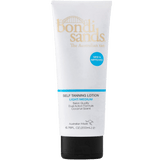

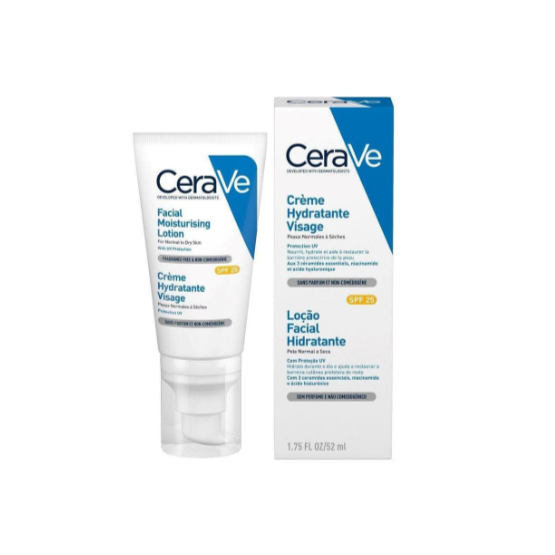
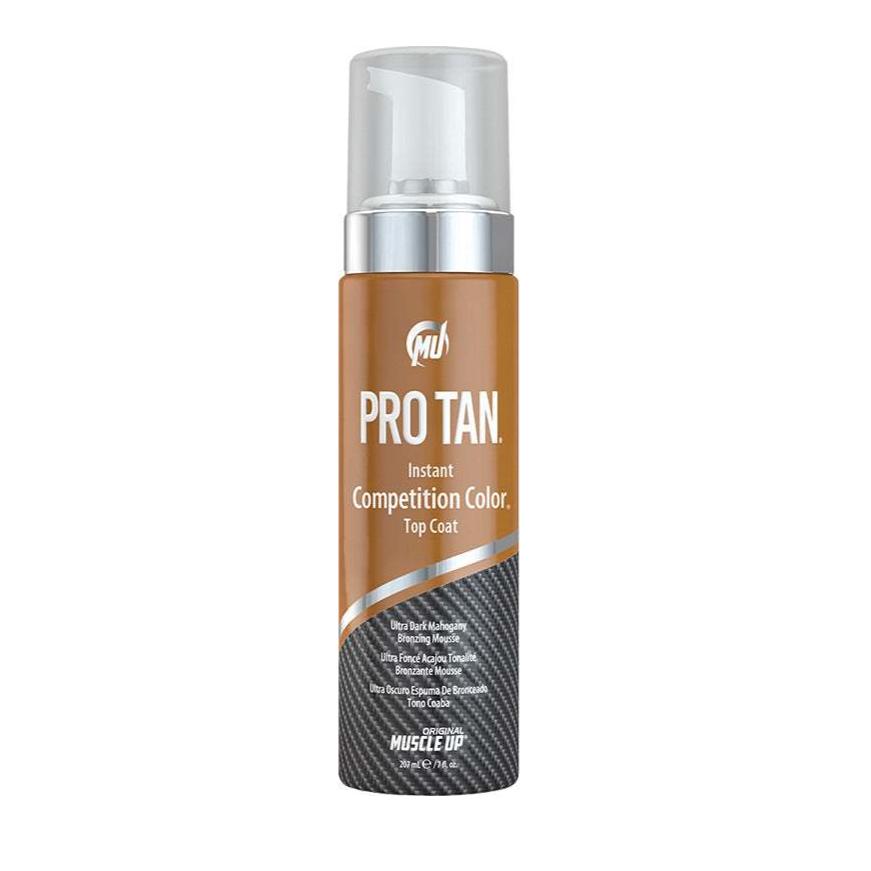
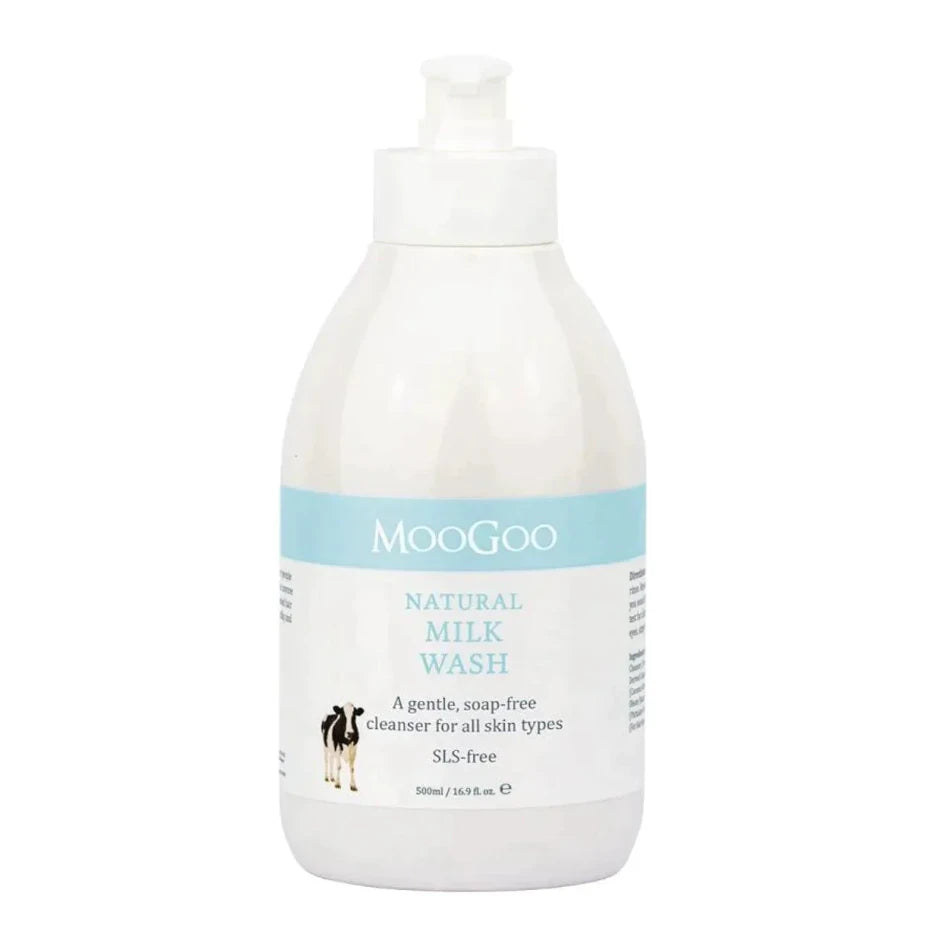


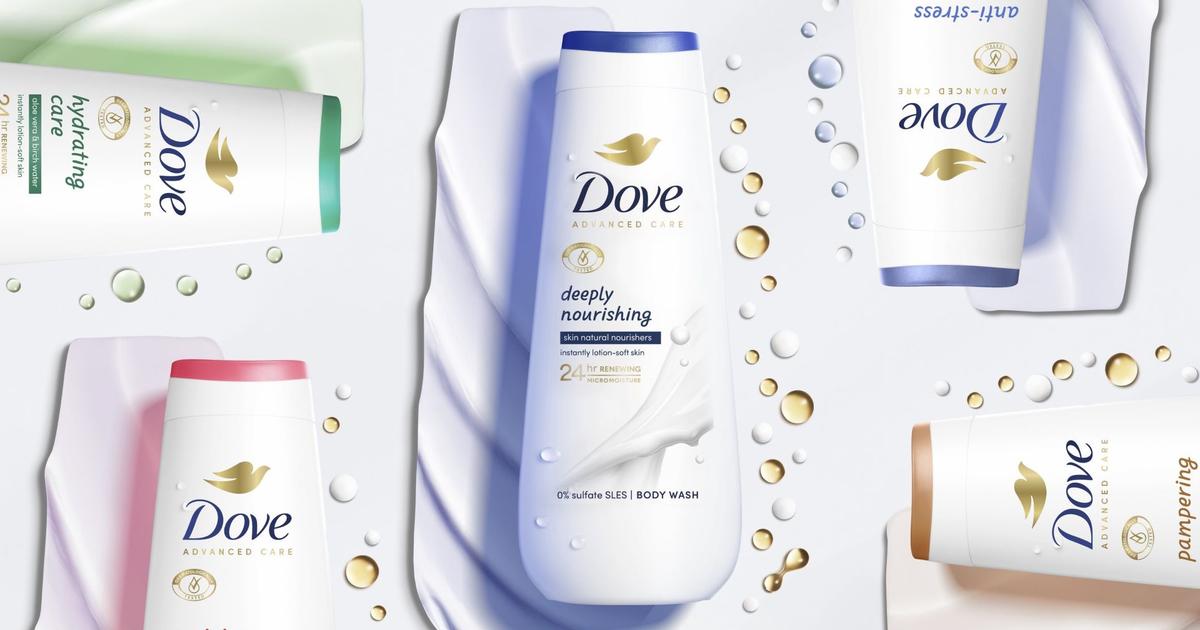

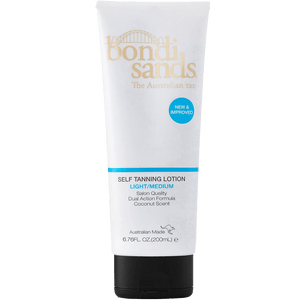


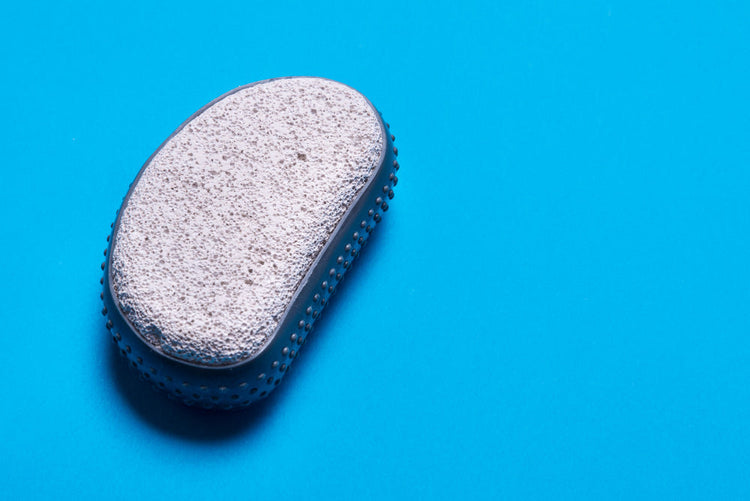
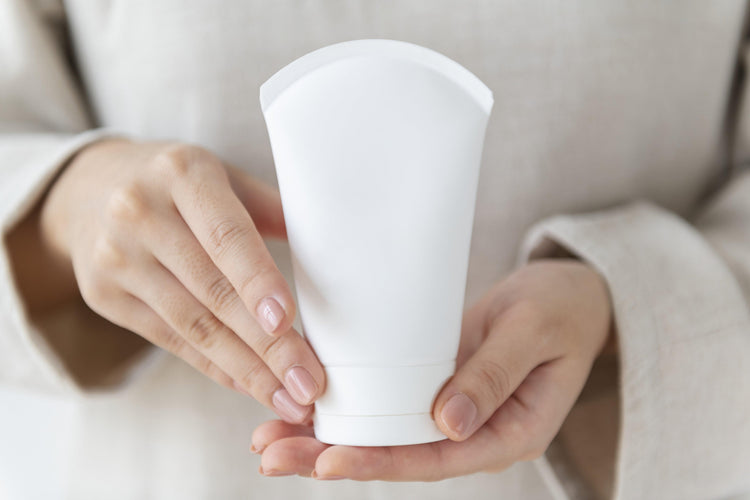
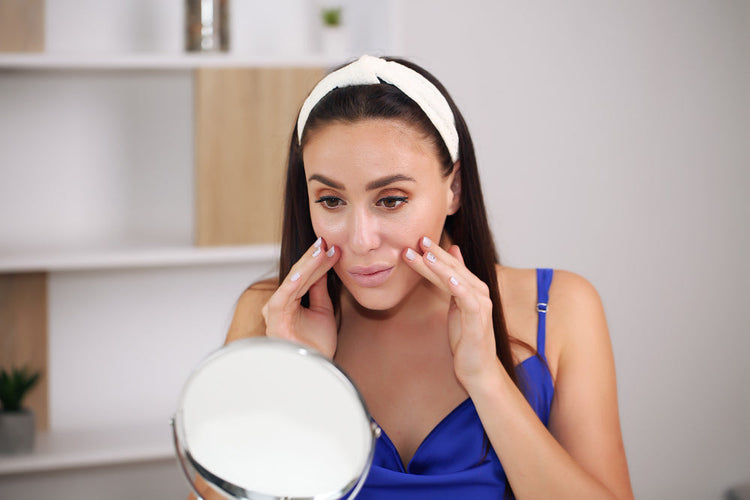
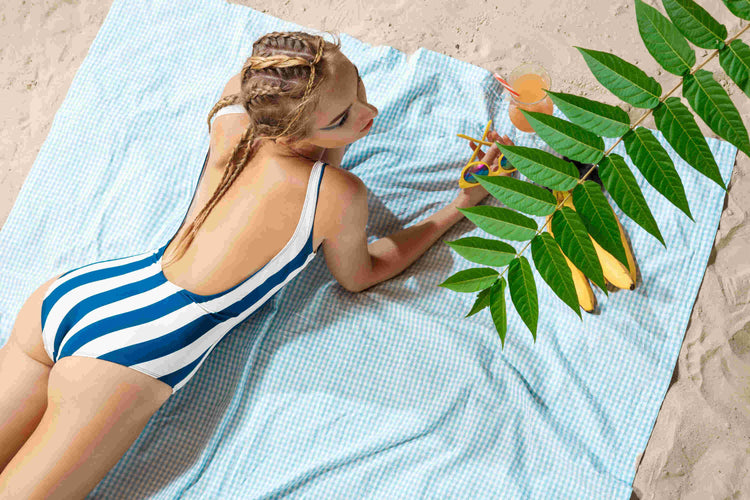


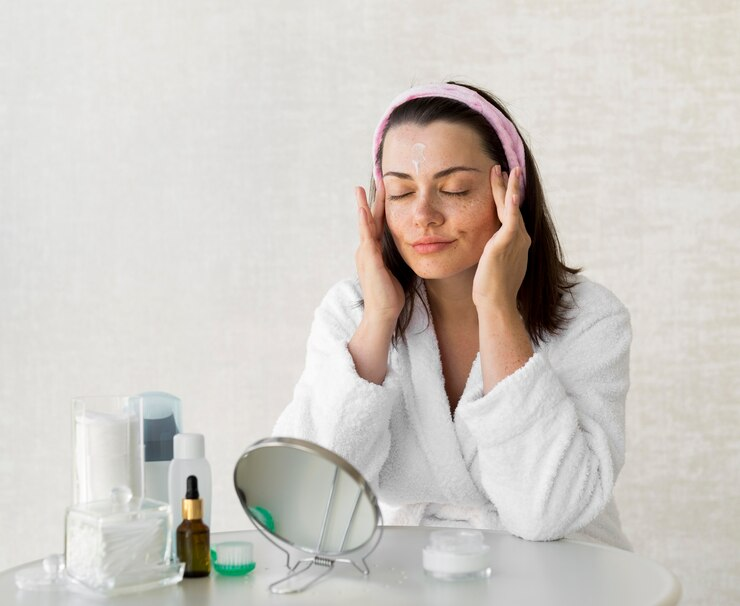
 Rated Excellent by 14,617+ Reviews
Rated Excellent by 14,617+ Reviews